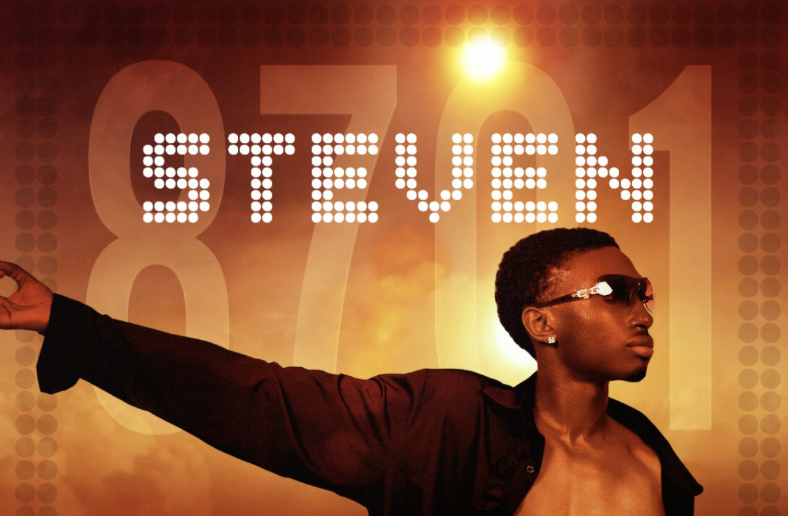Black girls have at all times recognized that type is extra than simply cloth—it’s a press release, a battle cry, a billboard for the motion. When the world tries to silence them, they converse louder with what they put on. From the daring, defiant trend of the Civil Rights period to the unapologetic power of at this time’s protest type, dressing for the revolution has by no means simply been about trying good—it’s about demanding to be seen.
Slogan tees? That’s not simply merch; that’s a message. “Black Lives Matter,” “Shield Black Ladies,” “Say Her Identify”—these aren’t simply phrases slapped on cotton, they’re rallying cries worn on our bodies that refuse to be ignored. Each time a Black girl steps out in a shirt declaring justice, she’s ensuring the dialog doesn’t cease when the protest ends. It’s wearable resistance, and the facility is within the repetition—as a result of if you happen to see it sufficient, perhaps you’ll lastly get it.
However the activism in our trend goes past the phrases. Wearable artwork—whether or not it’s a hand-painted denim jacket with the faces of Black icons or a headwrap styled like royalty—is how we reclaim area and rewrite the narrative. Simply take a look at the resurgence of dashikis and Ankara prints at rallies. That is armor, that is storytelling, that is historical past stitched into each thread.
Let’s not overlook the fantastic thing about defying respectability politics via type. Going way back to the Suffrage motion of the late 1800s and early twentieth century, the clothes Black girls wore whereas preventing fiercely for equal rights made a press release. Wearing elegant bustles, buttons and bonnets, their selections have been a testomony to their refinement and said that they have been as worthy and able to reaching these rights, if no more, than their white counterparts.
All through the a long time, afros standing excessive like crowns, bamboo earrings clinking with each step, nails lengthy and adorned like a trophy—these aren’t simply aesthetics, they’re resistance. As a result of in a world that tells Black girls to shrink, to assimilate, to make themselves palatable, trend says in any other case. It says, “I’m right here. I’m proud. And you’ll respect this presence.”

And now, because the workforce shifts once more, trend continues to evolve. The rise of the company core pattern is proof that workwear not means uninteresting, shapeless fits. With many professionals again in workplace three to 4 occasions every week, Black girls are taking conventional workplace apparel and making it their very own—mixing construction with private type, proving that professionalism and self-expression can coexist. Millennials and Gen Z are pushing this additional, remixing traditional silhouettes with daring colours, assertion equipment and trendy tailoring that problem outdated notions of office gown codes. Broad-leg trousers with crop tops, outsized blazers cinched on the waist, energy fits in electrical hues—that is the brand new workwear, one which refuses to strip away individuality.
Black girls like trend editor and stylist Zerina Akers, who has championed daring, power-driven seems to be that make a press release, and Issa Rae, who effortlessly merges company polish with vibrant, culture-infused trend, embody this shift. The Minimize’s editor-in-chief and 2024 EBONY Energy 100 awardee, Lindsay Peoples Wagner, has lengthy advocated for Black expression in trend, each within the workplace and past. And designers like Fe Noel and Anifa Mvuemba of Hanifa are redefining skilled type on their very own phrases, proving that workwear will be each empowering and deeply private.
Vogue and protest have at all times walked hand in hand, and Black girls stay on the forefront of constructing statements with out saying a phrase. Whether or not within the streets, on the crimson carpet, or behind a designer’s sketchpad, the message is obvious: dressing for the revolution isn’t a pattern, it’s a convention. They usually put on it properly.
















